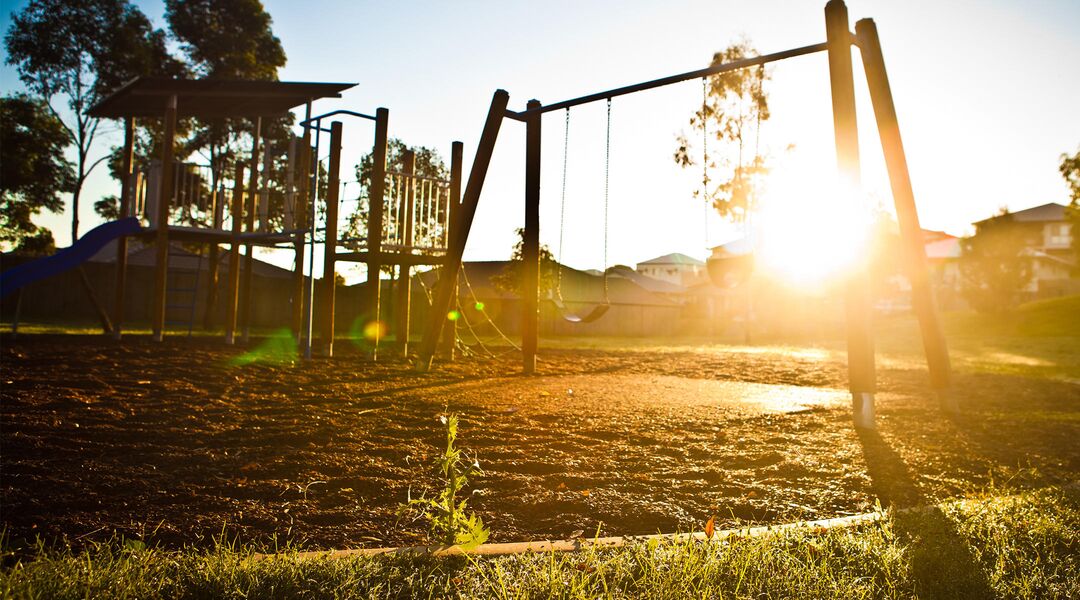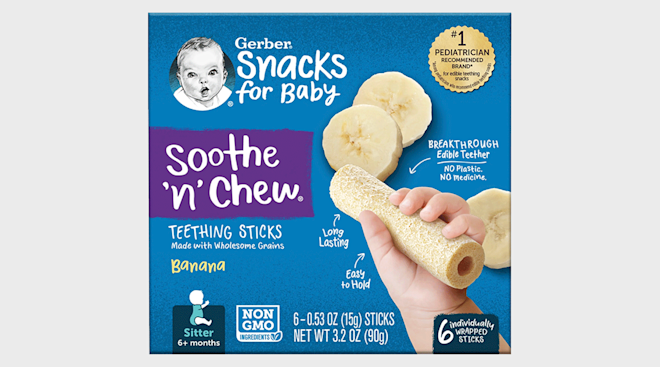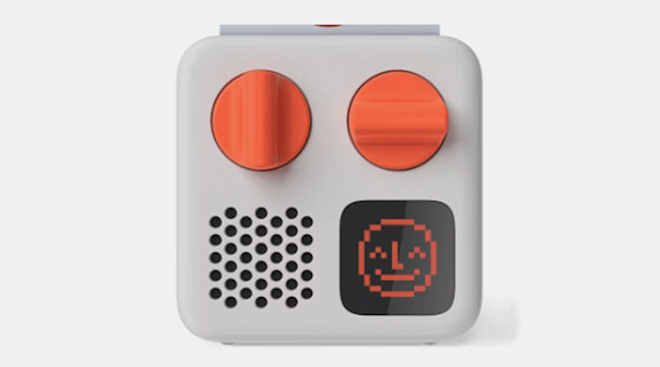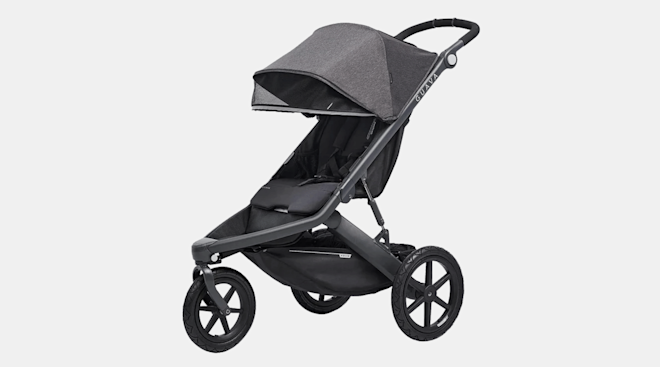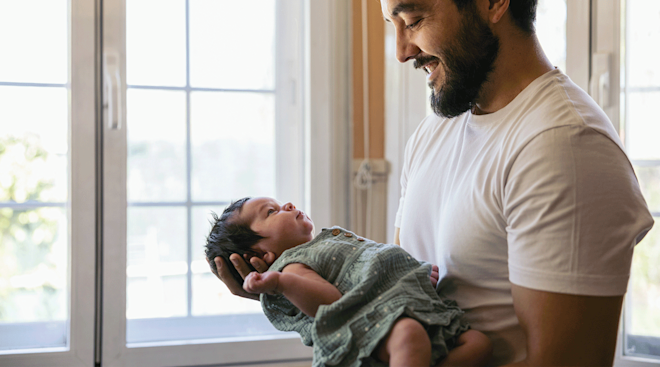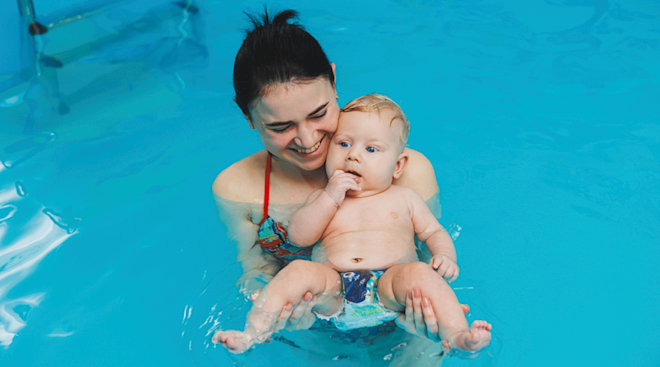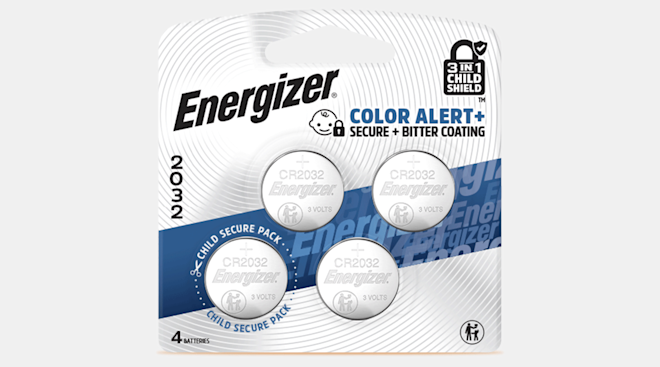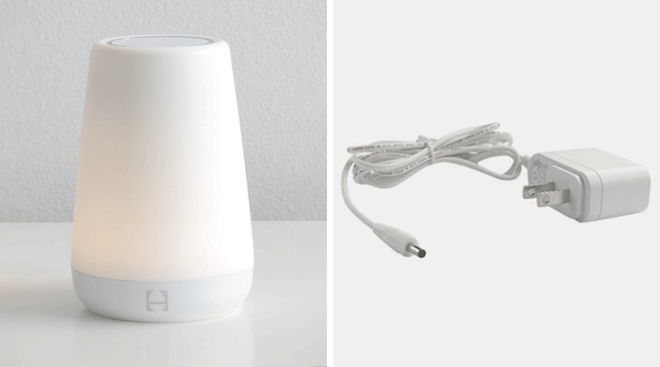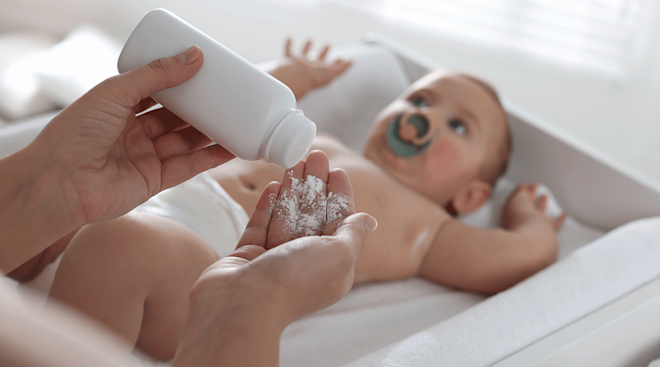A Surprising Part of the Playground Leaves Toddler With Second-Degree Burns
You’ve probably already logged a few hot summer afternoons at the playground. The next time you go, Idaho mom Stephanie Luker wants you to keep something in mind: check the temperature of the play structures.
Lurker says her almost 2-year-old daughter, Ariadne, was playing on a plastic slide last week when she started complaining that her hand hurt and the slide was hot. When Lurker looked at Ariadne’s left hand, it was pink and red. By the time she got home, it was blistering.
When Lurker called her doctor’s office and explained Ariadne’s symptoms, they confirmed the toddler had sustained second-degree burns.
“[The nurse] was very surprised when we talked about the burns and whether or not I needed to bring her in right away,” Lurker tells local news station KPVI. “When I told her it was a plastic slide, she was very, very surprised. I don’t think any of us had heard of that happening before.”
Lurker explains she would have been more careful in the heat had the slide been metal, but never expected a plastic slide to harm her daughter.
According to the US Consumer Product Safety Commission’s fact sheet Burn Safety Awareness on Playgrounds, many people don’t realize hot plastic and rubber can become hot enough to burn a child.
“You may remember the metal slides of your youth and how they could get very hot in the summer sun. But what you may not realize is that today’s newer materials, such as plastics and rubbers, also have the potential to become hot enough to burn a child’s skin,” the fact sheet says. “CPSC is aware of nearly 30 thermal burn incidents from 2001 to 2008. Of those incidents, 10 were associated with plastic, rubber or other nonmetal surfaces, and seven were associated with metal surfaces.”
Children under age 2 are especially at risk because their skin is thinner, and because they haven’t developed the reaction skills to remove themselves from the hot surface.
“Unlike the reflex that happens when a child touches a very hot surface with their hand, a young child who is sitting or standing on the hot surface may scream from the pain of burning, but they may not know to move from the location that is burning them,” the fact sheet reads.
Ariadne didn’t require a trip to the doctor since her blisters were so small. In fact, in spite of the pain she expressed, she wanted to keep playing. Lurker’s grateful she opted to take her daughter home, noting that “it would have been worse if she kept playing.”
The takeaway? Always feel the temperature of playground equipment before your child starts to play. And remember a child’s skin is much more sensitive to heat than your own.
Please note: The Bump and the materials and information it contains are not intended to, and do not constitute, medical or other health advice or diagnosis and should not be used as such. You should always consult with a qualified physician or health professional about your specific circumstances.
Navigate forward to interact with the calendar and select a date. Press the question mark key to get the keyboard shortcuts for changing dates.
































